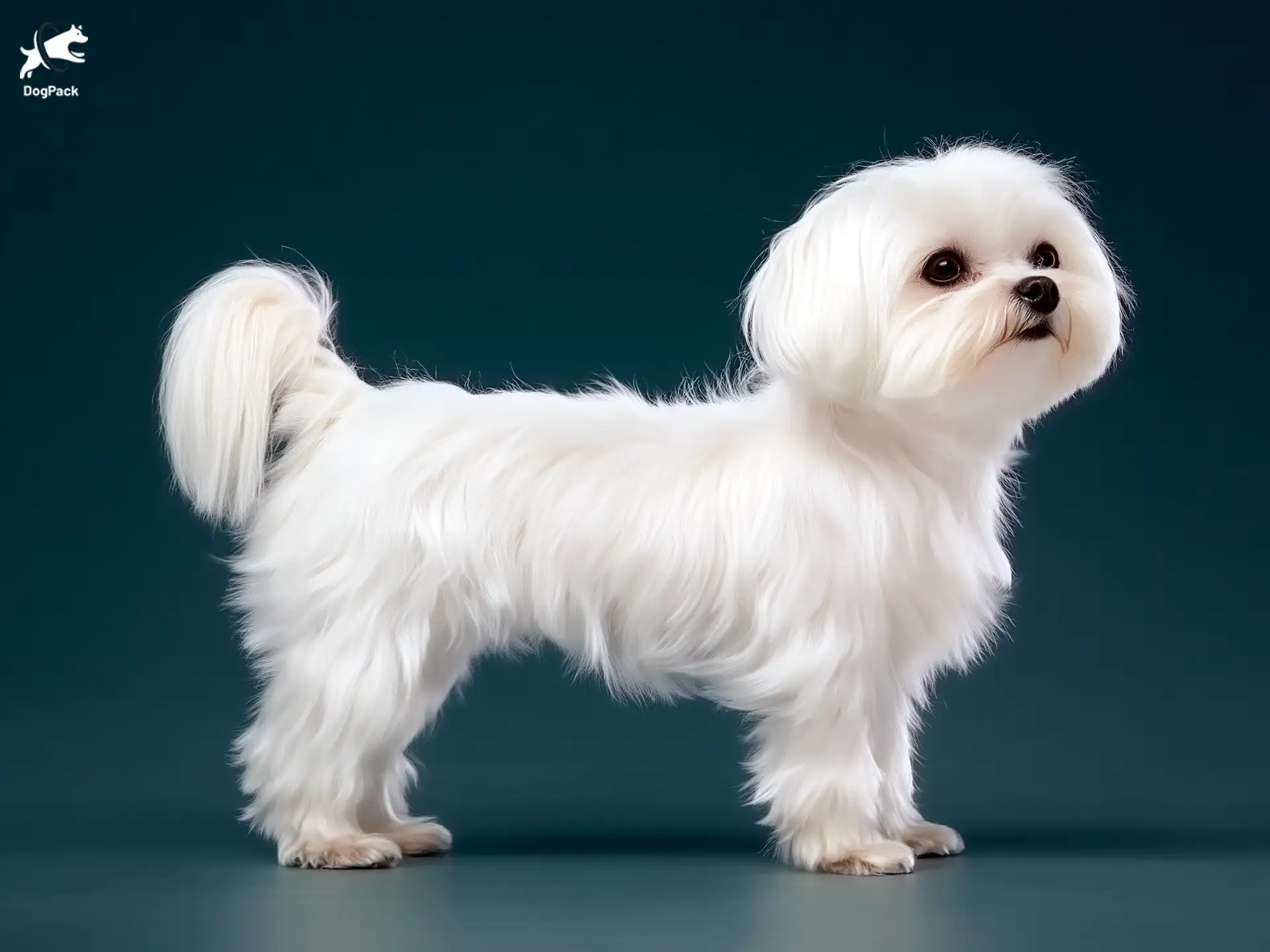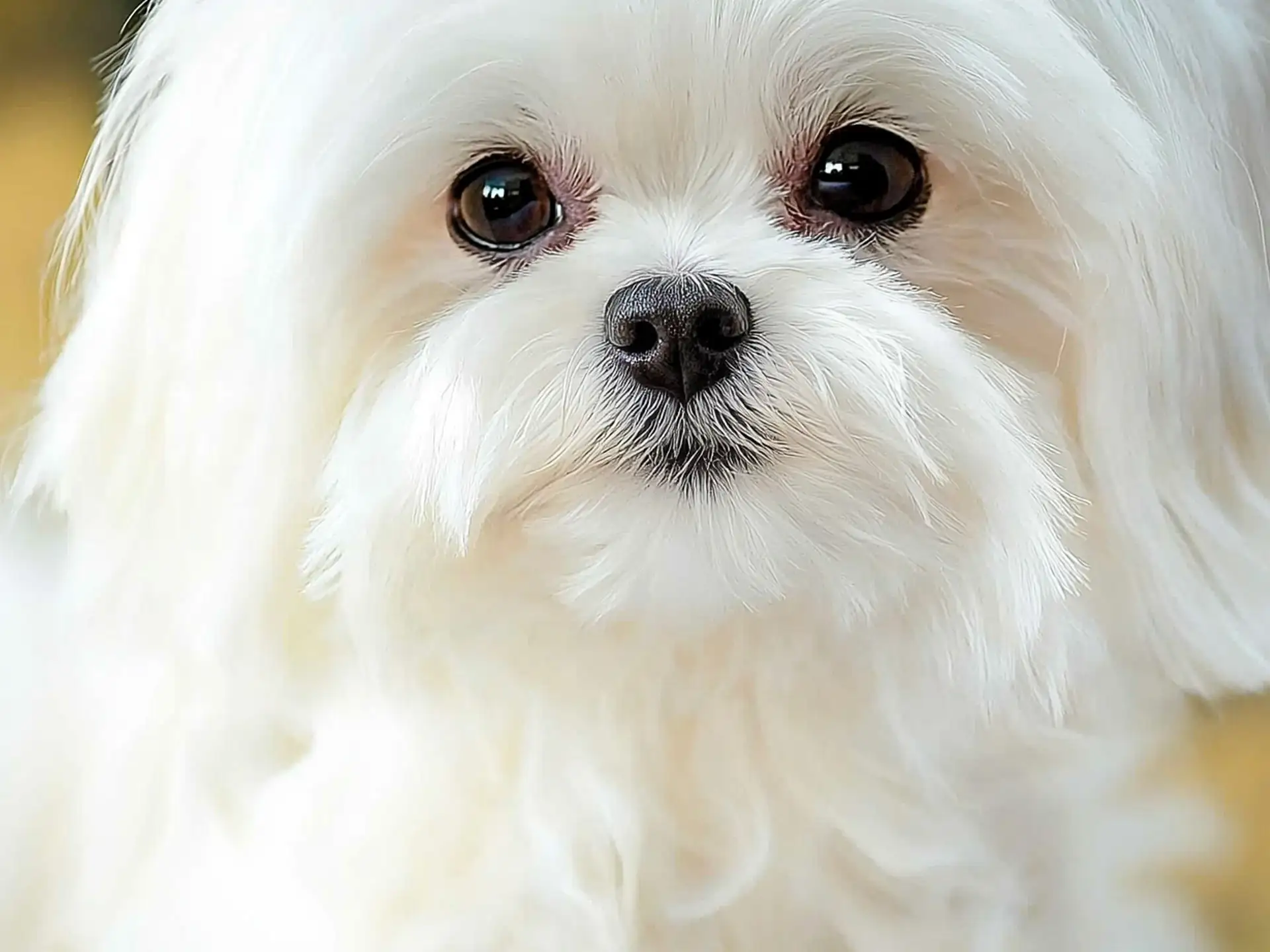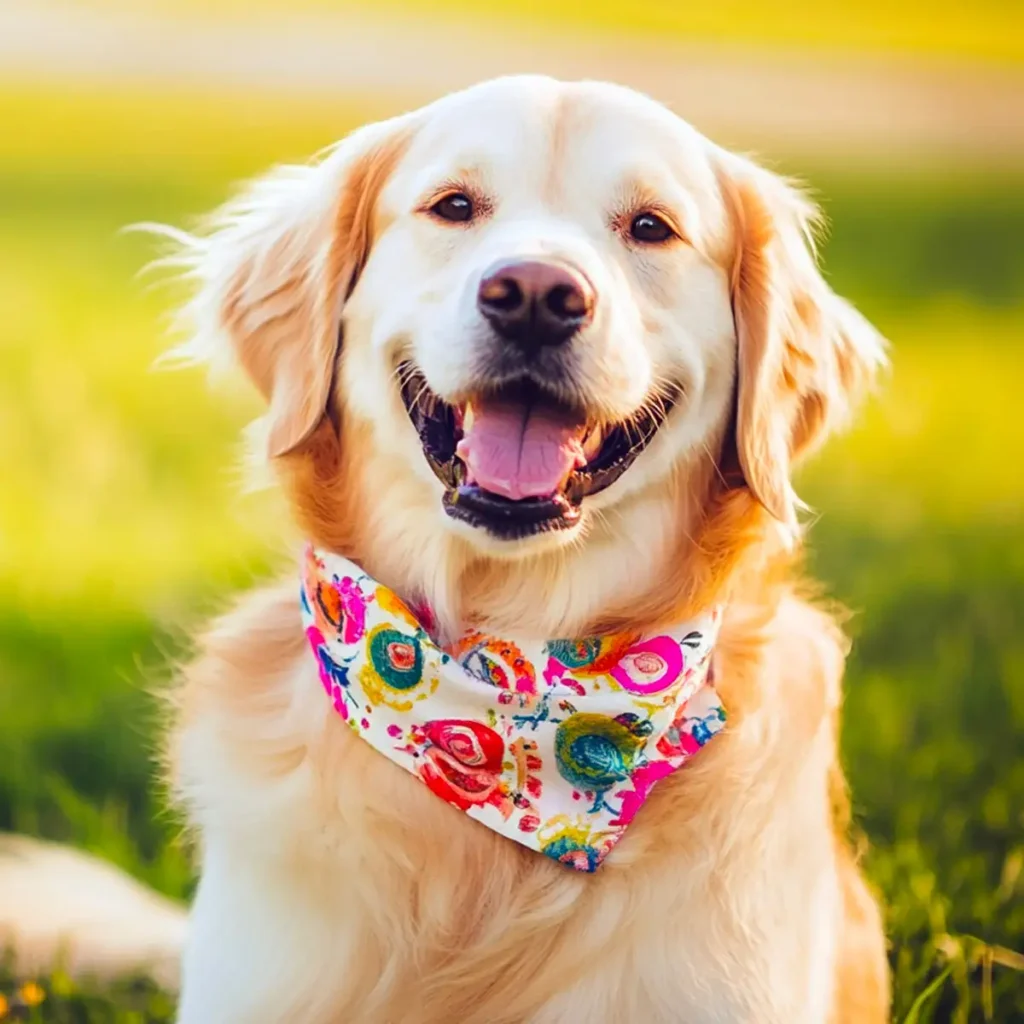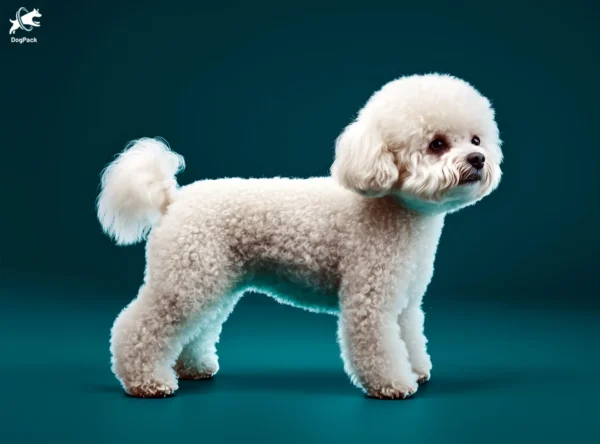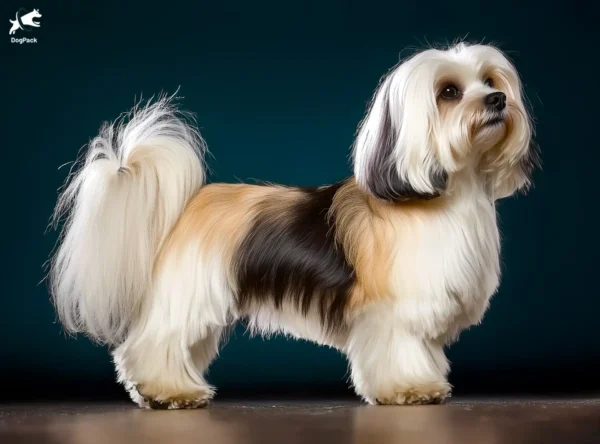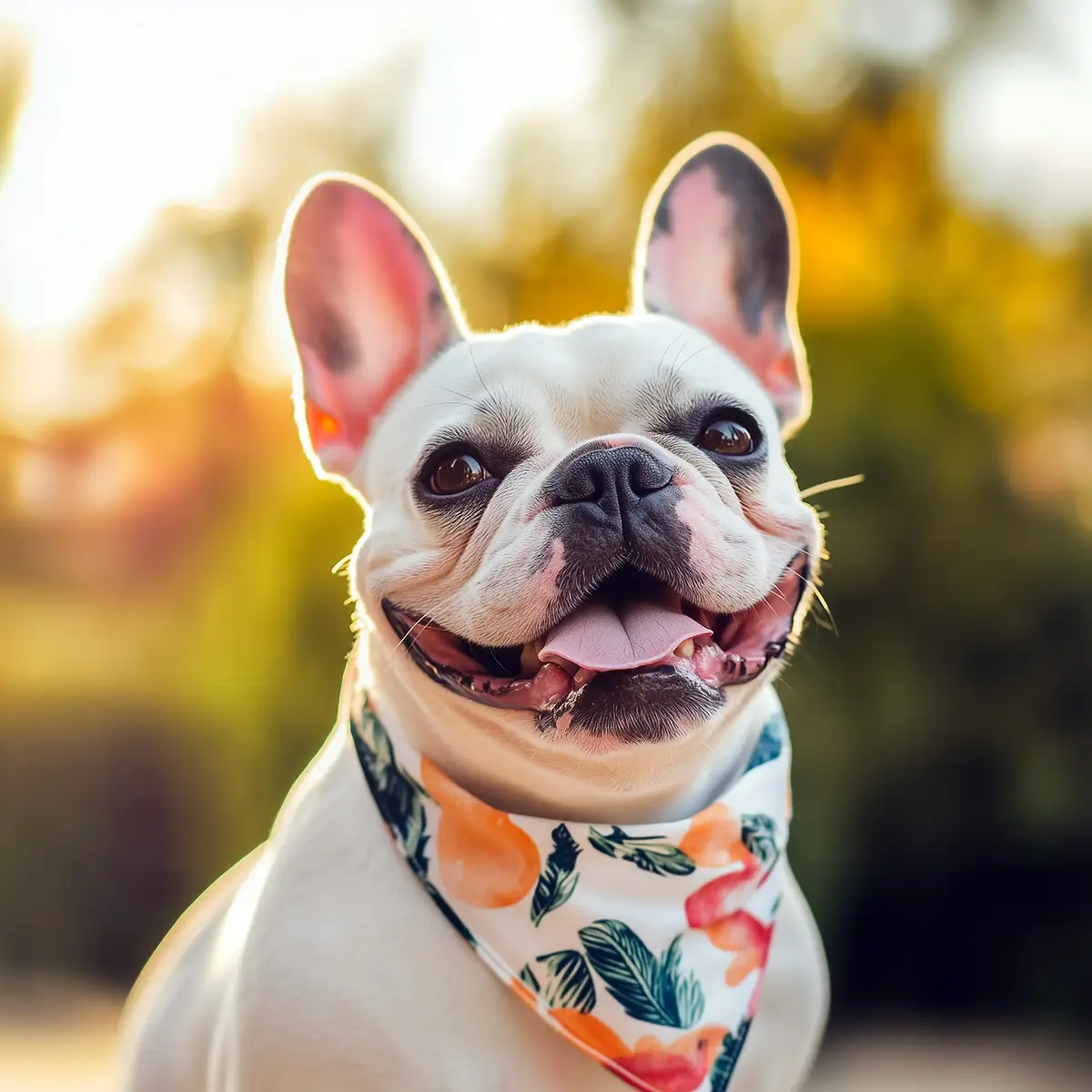Maltese Dog Breed Info & Overview
With their silky, snow-white coats and friendly dispositions, Maltese have won hearts for centuries. These tiny charmers are known for their confidence and playful spirit, bringing big personality in a pint-sized package. Renowned as a lapdog, they excel at companionship, especially for owners seeking an affectionate, low-shedding friend and gentle soul.
Characteristics
Pictures
Breed History
Believed to have originated in the central Mediterranean, the Maltese has a storied past dating back at least two millennia. Traders and explorers often prized it as a luxury companion, carrying these dogs across seas to distant lands. Ancient civilizations adored them for their elegance and charm, and some even offered them as regal gifts to visiting royalty.
In medieval Europe, they were highly sought after by aristocrats, eventually gaining favor in royal courts. Their petite stature and well-mannered demeanor made them ideal lapdogs for nobles, who proudly showcased them during lavish social events. Over time, these purebred dogs spread throughout the continent, solidifying their status as cherished pets among wealthy and influential families.
Official breed standards began forming in the late 19th century, setting guidelines for appearance and temperament that persist today. Kennel clubs across Europe and North America quickly embraced this refined little dog, sealing its reputation as a beloved companion animal. Thanks to its timeless appeal, the breed continues to enchant dog lovers worldwide.
Temperament, Personality
Warm-hearted and affectionate, these dogs love nothing more than curling up in a welcoming lap. They thrive on human company, often shadowing their owners around the house to remain close. Despite their small stature, they exude a confident energy and aren’t shy about expressing their opinions—particularly with a bark or two when something piques their curiosity.
Families often find their sweet nature appealing, as they typically get along with gentle children who respect boundaries. However, they can become overwhelmed in rough play, so adult supervision is recommended. Early socialization also helps them adapt to various household dynamics, ensuring they remain friendly toward visitors and other pets.
The Maltese tends to form deep emotional bonds, sometimes leading to separation anxiety if left alone for extended periods. Regular interaction, play sessions, and mental stimulation help keep them feeling secure. Because they read human emotions well, they can be surprisingly intuitive, offering comfort or entertainment just when their owner needs it most.
Physical Characteristics
A hallmark of this breed is its long, silky white coat that flows gracefully with each step. The fur is typically straight and can reach the floor if left untrimmed, giving the dog a regal appearance. Dark, button-like eyes contrast sharply against the pristine coat, enhancing their sweet expression.
They have a compact, balanced frame, typically weighing under 10 pounds, with slender legs that lend a dainty stride. Though undeniably petite, their posture is proud, and they carry their heads high. Their slightly rounded skull and moderately short muzzle lend a soft, pleasant look, making them appear perpetually puppy-like, even in adulthood.
While white is the signature hue, some exhibit light lemon or tan markings on the ears. The Maltese typically boasts a single-layer coat without an undercoat, minimizing dander and shedding. Comparing them with other small dog breeds underscores how their petite stature and minimal shedding truly stand out. Although the coat is luxurious, it requires diligent care to maintain that classic show-dog look.
Health Issues
Like many toy breeds, these dogs may be prone to dental issues, such as tooth decay or gum disease, due to their smaller jaws. Regular brushing and routine dental checkups are vital to prevent plaque buildup. Patellar luxation, a condition where the kneecap slips out of place, can also be a concern in these petite canines.
Some may experience low blood sugar (hypoglycemia), particularly in puppyhood, necessitating small, frequent meals. Eye problems like tear staining or progressive retinal atrophy can arise, so regular veterinary screenings are important. Additionally, liver shunts have been documented in some lines, but responsible breeding can reduce the likelihood.
The Maltese generally enjoys a long life, often well into their teens with proper care. Routine vet visits, balanced nutrition, and maintaining a healthy weight go a long way in preventing avoidable ailments. Observing any changes in behavior, appetite, or movement and seeking professional help early can greatly enhance overall wellbeing.
Grooming Needs
Keeping that signature white coat pristine demands a committed grooming routine. Daily brushing or combing helps remove debris and prevent tangles that can form close to the skin. Many owners opt for a “puppy cut,” a shorter style that reduces upkeep and keeps the coat manageable, especially if the dog isn’t being shown in competitions.
Frequent baths are often recommended to preserve coat brightness and reduce discoloration from tear stains. Using a mild, specially formulated shampoo keeps their skin healthy and fur glossy. After bathing, thorough drying is key to preventing mildew-like odors or irritations, so consider using a gentle blow dryer on a low-heat setting.
The Maltese also needs regular attention to the ears, as wax buildup can lead to infections. Trimming hair around the eyes helps minimize tear staining—a common cosmetic concern. Lastly, routine nail clipping and teeth cleaning should not be overlooked, ensuring the dog remains comfortable and free from painful dental issues.
Exercise Requirements
Although small, these pups still need regular activity to stay healthy and mentally stimulated. A short daily walk or a playful romp in the yard often does the trick. Indoors, they enjoy chasing soft toys or playing interactive games that test their agility. Because they’re sensitive to extreme temperatures, keep exercise sessions moderate and controlled.
Despite their energetic bursts, they don’t require as much physical exertion as larger or high-drive breeds. This makes them ideal for apartment living, as most of their activity needs can be met indoors. However, offering new sights and smells—from a stroll in the park to a quick trip around the block—helps keep their curious minds engaged.
Maltese dogs typically appreciate variety, so mixing in gentle fetch sessions or mild agility drills can be beneficial. Keep an eye out for potential hazards like steep stairs or uneven ground, given their fragile frames. Balancing moderate exercise with ample rest ensures they remain sprightly without risking overexertion.
Training Tips
Positive reinforcement methods work wonders with these bright little dogs, who respond eagerly to praise and small treats. Consistency is key, as their curiosity can lead to selective hearing when rules aren’t clear. Keep sessions short, fun, and reward-based to maintain motivation and prevent frustration.
Potty training can sometimes be a challenge, partly due to their tiny bladders. Providing frequent bathroom breaks and employing crate training often helps establish a routine. Patience matters—scolding can undermine trust and slow progress. By encouraging calm behavior and rewarding successes, you’ll see steadier improvements.
Maltese pups also benefit from early socialization, helping them avoid anxious or overprotective behaviors later. Exposing them to a variety of people, pets, and places builds confidence. Show them that meeting new friends is a positive experience, and you’ll curb excessive barking or timidity. Good manners now set the stage for a well-adjusted adult.
Nutrition, Diet
Because of their petite size, this breed has a faster metabolism and needs nutrient-dense meals formulated for small dogs. Around 1/2 to 3/4 cup of high-quality dry food per day typically maintains a healthy weight, though exact portions depend on age and activity level. Splitting servings into two or three meals helps stabilize blood sugar levels and keep them energized.
Look for specialized formulas supporting joint and coat health, including added glucosamine and essential fatty acids. Since tear staining can be an issue, some owners avoid artificial dyes or high-grain diets that may worsen discoloration. Keep a close eye on their energy levels and body condition—if they appear lethargic or overweight, consult a vet to adjust feeding ratios accordingly.
Maltese dogs may have sensitive digestion, so introduce any new foods or treats gradually. A balanced blend of protein, carbohydrates, and healthy fats supports steady growth in puppies and robust vitality in adulthood. Avoid leaving food out all day, as free-feeding can encourage picky eating habits or unwanted weight gain in these small, sensitive canines.
Adoption, Breeders
Prospective owners can find this breed through specialized rescues or by contacting reputable organizations like the American Maltese Association. Many dogs in shelters or rescue programs are already house-trained and socialized, making the transition smoother. Adoption not only provides a second chance for a dog in need but can also be an incredibly fulfilling experience.
When purchasing from a breeder, choose someone who screens their breeding stock for known genetic issues, such as patellar luxation or liver shunts. They should willingly share health records and welcome questions about the puppy’s lineage and temperament. Steer clear of puppy mills, which often produce unhealthy, poorly socialized dogs in substandard conditions that prioritize profit over animal welfare.
For in-depth guidance on choosing a healthy puppy, the American Kennel Club offers additional resources. Whether you adopt or buy, be prepared to provide proper veterinary care, a safe environment, and plenty of affection from day one. This commitment fosters a strong, lasting bond that allows your new best friend to thrive.
Family Pet?
These pint-sized dogs generally love being part of a family, especially if they get loads of attention. They enjoy cozy snuggle sessions and can do well with calmer children who know how to respect smaller pets. While roughhousing may overwhelm them, they’ll happily chase a soft ball or play gentle tug-of-war if supervised.
They usually adapt quickly to households with other pets, provided introductions are managed gradually. Early positive interactions teach them to see other animals as companions rather than rivals. Though they can act protective by barking at unfamiliar faces, consistent training and socialization keep them polite around guests, striking a good balance between alertness and friendliness.
The Maltese can be a champion lap-warmer, returning your affection with unwavering loyalty. However, families must be mindful of the breed’s delicate frame, teaching everyone—kids included—to handle them gently. With plenty of supervision, patience, and love, these dogs settle seamlessly into the home, winning over hearts with their playful spirit and willingness to please.
Right For You?
Before bringing this breed home, consider whether you can devote the time and care they demand. Regular grooming and near-constant companionship suit them best, as they thrive when near their people. If you want a calm pet that still enjoys bursts of playful energy, you might find them an ideal match.
Allergies are a common concern, but these dogs produce less dander than many other breeds. Still, no dog is 100% hypoallergenic, so spending time with one beforehand is wise. Their adaptable nature also places them among ideal dogs for apartments, provided they receive brief walks and mental engagement each day.
Those seeking a vigorous jogging partner or a robust guard dog may be disappointed. Maltese prefer gentle routines and a peaceful environment. Weigh their endearing traits—like their affectionate personality—against potential challenges, such as coat maintenance, to determine if they align with your lifestyle. The right fit yields a loving companion who enriches your daily life.
Conclusion
For those who cherish a companion that’s elegant, smart, and deeply devoted, this breed could be a dream come true. Their manageable exercise needs, combined with a cheerful disposition, make them perfect for seniors, apartment dwellers, or families ready to take on regular grooming. Despite their small stature, they’re full of personality, ever eager to offer affection and playful antics. If you want a devoted lapdog that thrives on human interaction, the Maltese can be a delightful addition to your home. With a little patience and consistent care, you’ll gain a loyal friend who’s happiest sharing every cozy moment by your side.
FAQs
-
Why do Maltese dogs have tear stains under their eyes?
Maltese dogs are prone to tear staining due to their light-colored coats and shallow eye sockets, which can cause excessive tearing. Diet, water quality, and genetics also play a role. Using filtered water and regularly cleaning their face with a damp cloth can help reduce staining.
-
Do Maltese dogs have a natural scent or “doggy odor”?
Unlike many breeds, Maltese dogs have little to no natural dog odor due to their single-layer, hypoallergenic coat. If a Maltese starts to smell, it could be due to dental issues, skin infections, or diet, so regular grooming and vet check-ups are essential.
-
Why do Maltese sometimes shake or shiver even when it’s not cold?
Maltese dogs are known to shiver due to excitement, anxiety, or sensitivity to temperature changes. Their small size and lack of an undercoat make them more prone to cold sensitivity, so they may shake when nervous, overstimulated, or simply chilly.
-
Can Maltese dogs change coat color as they age?
Yes, while Maltese are born pure white, some develop light tan or lemon-colored patches on their ears or back as they mature. This is usually due to sun exposure, genetics, or natural pigmentation changes rather than a sign of poor health.
-
Why do Maltese sometimes “hop” when walking or running?
Maltese dogs can exhibit a “skipping” or “hopping” gait, which may be due to luxating patella, a common condition in small breeds where the kneecap temporarily slips out of place. If it happens frequently, a vet check-up can help assess if treatment is needed.
Breed Ratings
Clever and quick to learn, but they can be stubborn if sessions aren’t engaging. Positive methods work best to keep them focused.
They adore playful interactions and thrive on interactive toys or gentle games of chase. Short bursts of energy characterize their daily fun.
They enjoy spurts of activity but don’t need extensive exercise. Short walks and occasional playtime typically satisfy their needs.
A low-shedding breed with a single coat, favored by those wanting minimal hair around the home—although grooming is still a must.
Their hunting instincts are mild; they might chase small critters, but they’re far more focused on cuddles than chasing down prey.
Despite low shedding, their coat tangles easily. Frequent brushing, baths, and trims are needed to keep them looking neat.
They learn quickly when treated with patience and positive reinforcement. Occasional stubborn moments can be overcome with consistency.
They bond deeply and may develop separation anxiety if left alone for long periods. A companion or engaging toys can help.
They’re quite vocal, alerting owners to anything unusual. Training can reduce nuisance barking, but complete silence is unlikely.
Drooling is rarely an issue. The most noticeable moisture may be from tear staining around their eyes.
Generally gets along well with other canines, especially if socialized early. May be wary of rough play with bigger dogs.
Robust overall, though prone to dental and knee issues. Regular vet visits and preventive care help ensure a long, happy life.

